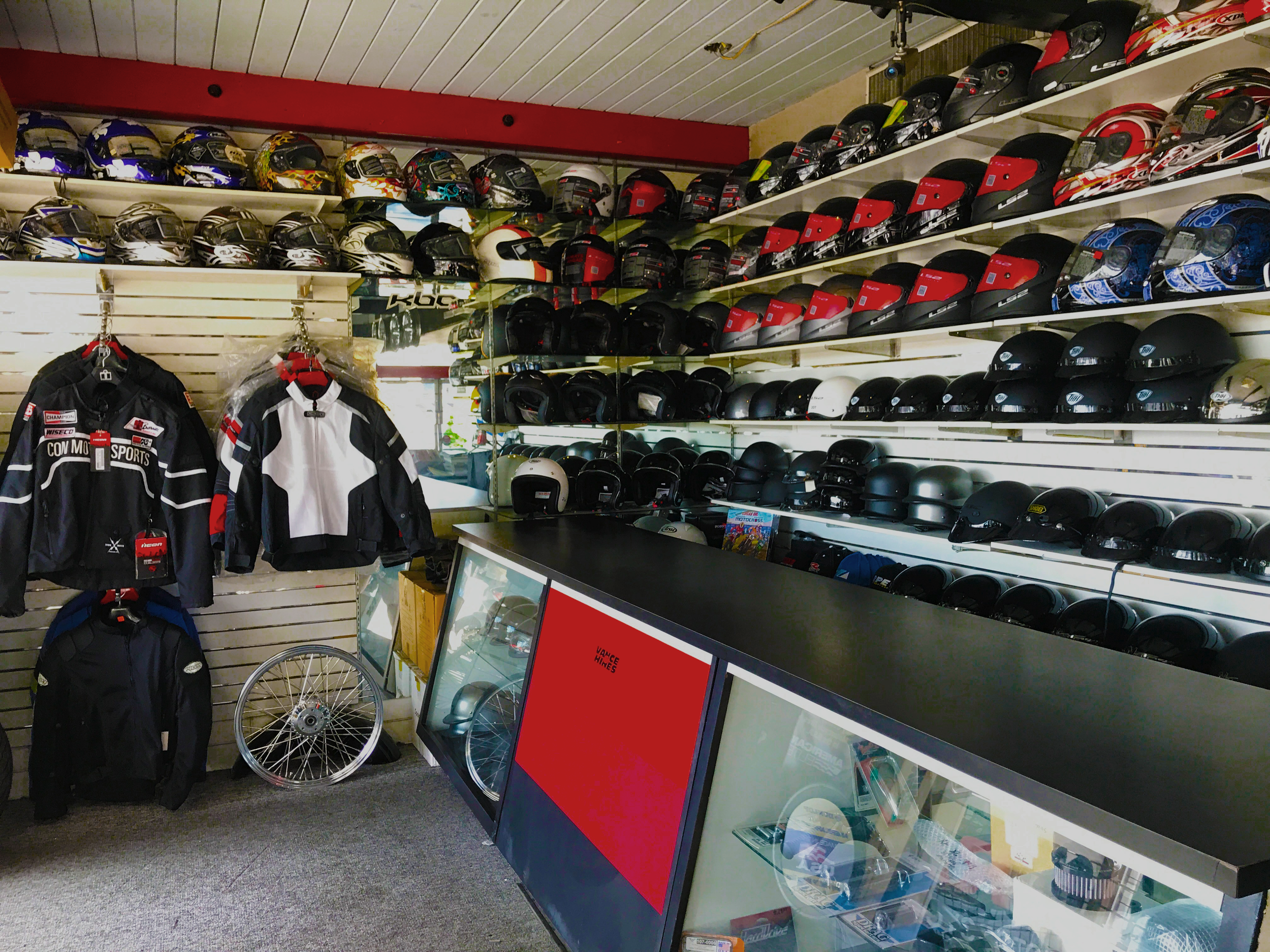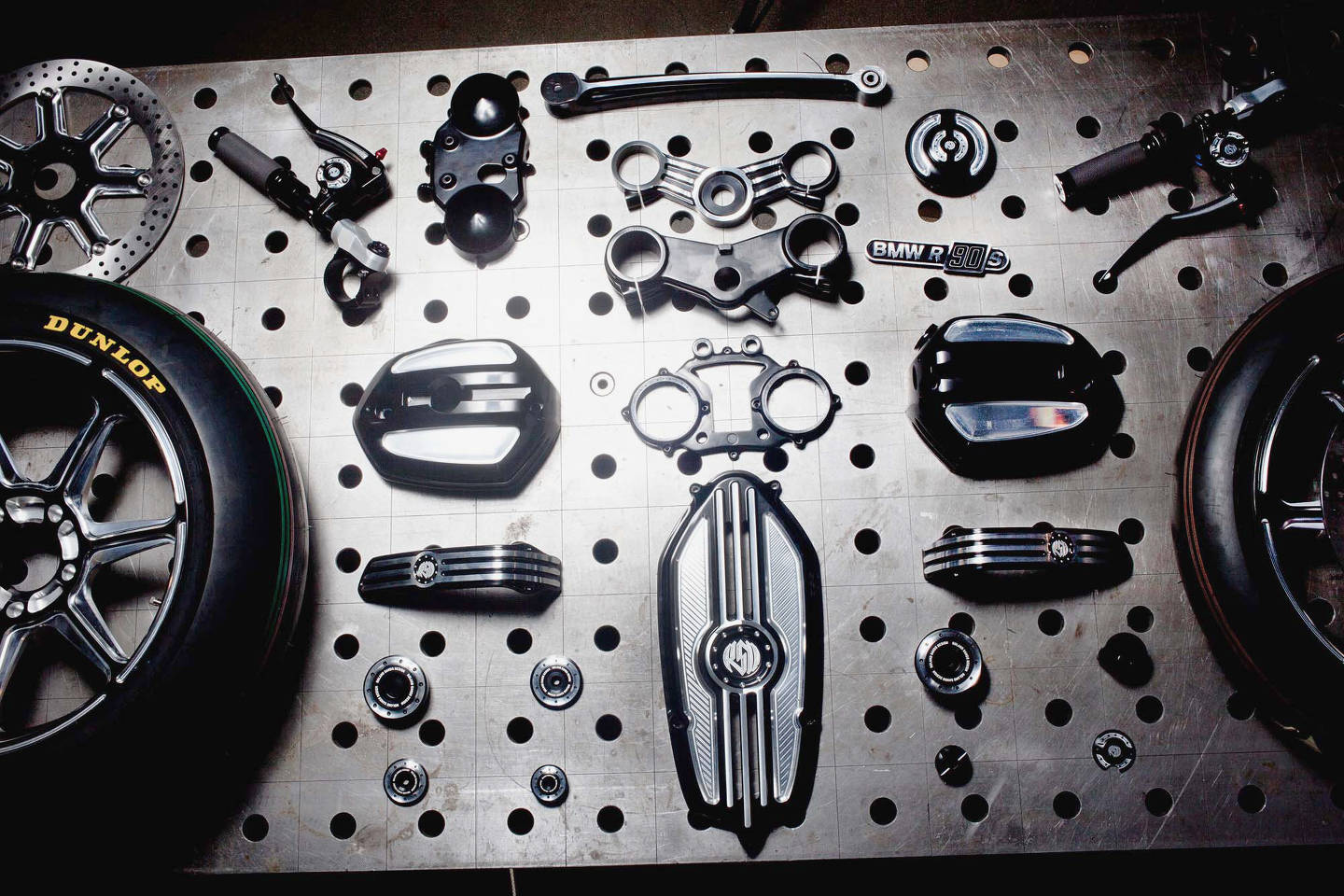Discover the most up to date Motocross Gear NZ for every single Degree of Rider
Discover the most up to date Motocross Gear NZ for every single Degree of Rider
Blog Article
Recognizing the Important Parts of a Motorcycle: A Comprehensive Overview for Enthusiasts
For bike fanatics aiming to elevate their riding experience and guarantee their bikes run efficiently, understanding the important components of a motorcycle is vital. Each component, from the engine's intricate operations to the vital function of the braking devices, not just impacts efficiency however additionally security and comfort. This guide will go through the fundamental components that every rider should recognize with, allowing educated choices in both upkeep and prospective upgrades. As we start this expedition, one must ask: exactly how does each component interact to develop the smooth adventure every lover seeks?
Engine Elements

The camshaft plays a vital duty in regulating the timing of the engine's shutoffs, ensuring the precise opening and closing necessary for efficient gas and air intake, along with exhaust expulsion. This timing is essential to keeping ideal engine performance and performance. Additionally, the carburetor or gas injection system, depending on the motorcycle version, is in charge of mixing air with gas in the proper proportion for burning.
The air conditioning system, either air or liquid-based, functions to keep the engine's temperature level within operational limits, avoiding overheating and ensuring long life - motocross parts nz. Each element, carefully developed and incorporated, adds to the seamless procedure of the engine, specifying the motorcycle's power result and general performance
Transmission System
Essential to the bike's capability, the transmission system guarantees efficient power transfer from the engine to the wheels. This system consists of a number of crucial parts, including the clutch, transmission, and final drive, each playing an important duty in equating the engine's power into movement. The clutch, normally operated by a hand bar, offers to involve and disengage the engine from the transmission, enabling smooth gear adjustments and controlled velocity.
The gearbox, usually referred to as the transmission appropriate, consists of a set of equipments that riders can by hand shift with to readjust the bike's speed and torque result. These gears are set up in a series that enables the motorbike to increase smoothly and preserve ideal engine efficiency throughout various rates. The majority of motorbikes make use of a consecutive gearbox, needing the cyclist to shift gears in an established order.
Braking Devices
While recognizing the transmission system is key to utilizing a bike's power, just as important is the capability to manage and quit that power effectively, which is where braking systems enter into play. Brakes are crucial for safety and performance, offering the motorcyclist with the needed control to browse numerous surfaces and problems. Commonly, bikes include 2 kinds of stopping systems: disc brakes and drum brakes.
Disc brakes are extra widespread in modern-day bikes as a result of their premium efficiency. They include a brake disc, caliper, and pads. When turned on, the caliper squeezes the brake pads versus the spinning disc, converting kinetic energy right into warmth, therefore slowing down the wheel. This system uses much better warm dissipation, consistent performance, and boosted quiting power, specifically in damp conditions.
Alternatively, drum brakes, though less common, are still located in some motorbikes. They work by pushing brake shoes versus the inner surface of a drum affixed to the wheel. While normally less efficient in heat dissipation and quiting power, drum brakes are easier and more cost-efficient.
Comprehending these braking systems' nuances permits motorcyclists to maintain their motorbikes properly and value the design that guarantees safe and effective quiting.
Suspension and Guiding
Suspension and guiding systems are important parts that substantially influence a motorbike's handling and ride comfort. The shock absorber, consisting of forks at the front and shock absorbers at the rear, soaks up roadway irregularities, improving security and control. Front forks, generally telescopic or upside down, compress and rebound to minimize impacts, while rear shock absorbers preserve tire call with the roadway, essential for traction and safety and security.
Steering, centered around the handlebars, attaches the cyclist read to the bike's directional control. The guiding head bearings ensure smooth procedure, allowing precise ability to move. Appropriate positioning and maintenance of these bearings are critical for predictable steering feedback and lowering cyclist fatigue.
The suspension's adjustability is one more vital element; Go Here preload, damping, and rebound setups allow customization to suit different riding styles and conditions. This adaptability is crucial for maximizing efficiency, whether navigating metropolitan roads or taking on sturdy routes. Advancements like electronic shock absorber supply real-time changes, boosting ride high quality across varied terrains.

Electric Equipments
After ensuring a smooth and regulated experience via efficient suspension and guiding systems, interest turns to the electric systems, a critical element of modern bikes. These systems play a vital role not only in starting the engine yet likewise in powering various parts that improve the functionality and safety and security of the bike.
At the heart of a motorcycle's electrical system is the battery, which stores electric power necessary for learn this here now starting the engine and powering auxiliary systems - motocross gear. The generator or generator, coupled with the rectifier-regulator, guarantees the battery remains billed while the motorcycle is in operation, converting power right into electric power and maintaining voltage levels
The ignition system, one more critical element, is in charge of firing up the air-fuel blend in the engine's cyndrical tubes. Modern bikes often utilize an electronic ignition system, providing greater effectiveness and dependability compared to conventional systems.
Lighting systems, including headlights, tail lights, and indications, are additionally essential, making certain presence and safety and security for the cyclist. Added electronic elements such as sensing units, control devices, and shows add to sophisticated functions like fuel injection monitoring, anti-lock stopping systems (ABDOMINAL), and digital control panels, better improving the riding experience.
Conclusion
A detailed understanding of a motorcycle's crucial elements, consisting of the engine, transmission system, braking mechanisms, suspension, steering, and electric systems, is important for enthusiasts aiming to optimize convenience, safety and security, and performance. Proficiency of these components permits educated decisions relating to upkeep and upgrades, eventually boosting the riding experience. By integrating this expertise, bikers can guarantee their bikes operate at peak effectiveness and integrity, thereby making best use of both pleasure and durability of their lorries.
For motorcycle lovers looking to raise their riding experience and guarantee their bikes run efficiently, understanding the vital parts of a bike is paramount.Essential to the motorbike's capability, the transmission system makes certain reliable power transfer from the engine to the wheels.While comprehending the transmission system is vital to harnessing a motorcycle's power, equally essential is the capability to manage and stop that power successfully, which is where stopping systems come right into play. Commonly, bikes feature two types of stopping systems: disc brakes and drum brakes.
A comprehensive comprehension of a motorcycle's important components, including the engine, transmission system, braking mechanisms, suspension, guiding, and electric systems, is indispensable for enthusiasts aiming to maximize efficiency, safety and security, and convenience.
Report this page